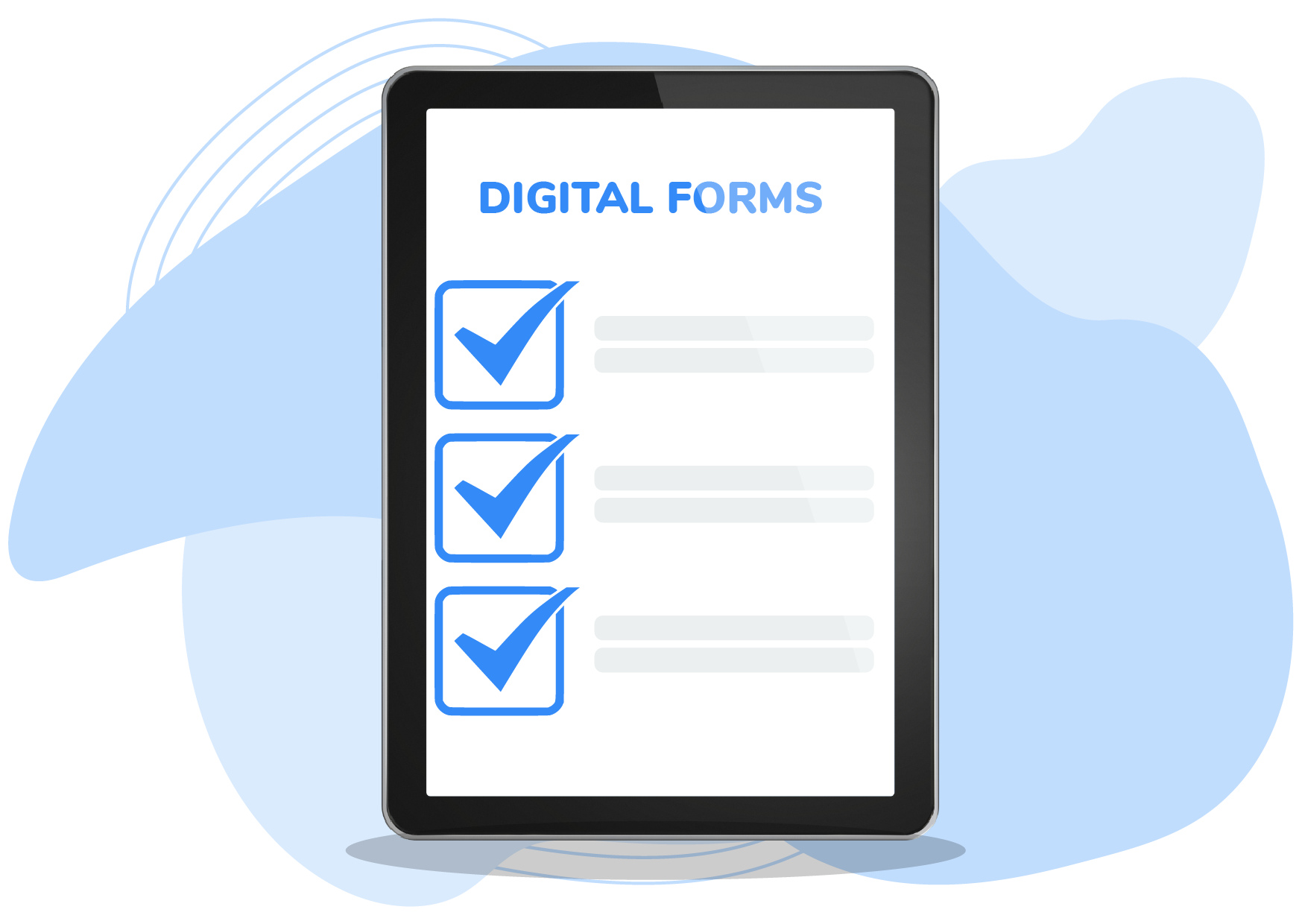
In a world where efficiency and convenience reign supreme, digital forms have emerged as the game-changer, leaving fillable PDFs in the dust. Why are digital forms better than fillable PDFs?
How can I achieve a smooth transition from fillable PDFs? These are some questions that come to mind while thinking through this age-old debate. Within the emerging context of information management, the transition from fillable PDFs to dynamic electronic forms has been revolutionary.
Where fillable PDFs allow users to input data directly into predetermined fields within a standard PDF document, however, they lack the dynamic features found in dynamic digital forms.
Digital forms are considered as the most important tool for gathering and evaluating vital data, for any kind of business. Digital forms like those made available by Arrivy as a part of their field service management software are not only interactive and user-friendly but also offer features like conditional logic, real-time validation, and integration capabilities.
Digital forms have redefined the efficiency and versatility of data collection processes for businesses all over the world and it’s time that service companies adapt to the change too.
Why digital forms are the superior choice in today’s fast-paced, tech-driven world?
Interactivity
Digital forms provide a more engaging and interactive user experience. Users can navigate through various sections with ease thus reducing abandonment rates that are typically experienced with physical forms or fillable PDFs.
Dynamic Structure
As an alternative to PDFs, computerized forms can adapt their structure in real-time based on user inputs. Based on certain inputs the form can take a unique shape which is highly efficient for businesses aiming to collect varying information. This dynamic nature ensures a personalized and relevant experience for each user, improving data accuracy and relevancy.
Automation and Integration Capabilities
Digital forms can seamlessly integrate with databases, CRMs, and other systems, automating data entry and eliminating the need for manual input. This not only saves time but also minimizes the risk of errors.
Accessibility
Digital forms are accessible from any device with an internet connection and can be molded into any shape based on the user’s device. Fillable PDFs, in contrast, may not offer the same level of accessibility across devices and platforms as they are built on restricted structure and formatting.
Analytics and Reporting
Digital forms often come equipped with built-in analytics tools that provide insights into user behavior, completion rates, and other valuable metrics. This data-driven approach facilitates continuous improvement in user experience.
Tips for a Seamless Transition from Fillable PDFs to Digital Forms
The adoption of Web-based forms has become essential for businesses looking to thrive in the modern day. By streamlining traditional procedures these dynamic and adaptable forms provide an innovative technique for data collection.
Computerized forms significantly cut down on manual labor in a time when efficiency is the key. Beyond efficiency gains, digital forms play a pivotal role in elevating the overall customer experience.
With user-friendly interfaces, accessibility on various devices, businesses can provide clients with seamless interactions, fostering satisfaction and loyalty.
The adoption of digital forms not only aligns with modern workflows but also positions service businesses as leaders in technological innovation, contributing to a competitive edge in today’s dynamic market environment.
In the era of advanced technologies, transitioning to a paperless office is not just a possibility but a strategic move towards efficiency and sustainability. Here are some practical tips on how businesses can make the transition from fillable PDFs to digital forms a breeze:
Self-Reflection
Recognize areas where data collection is being done and track down the bottlenecks in existing collection approaches. Identify how existing methods can be transitioned to their more efficient counterparts and then slowly start to make the change.
Cultivate a Paper-Reducing Culture
Actively discourage paper usage in the office by promoting digital alternatives. Encourage employees to think twice before printing, fostering a mindset that values digital documentation over paper.
Help employees realize that beyond the evident practical benefits, there is a growing recognition of the environmental impact, making it a socially responsible choice.
Recognize and Reward
Acknowledge and reward employees actively contributing to the paperless initiative. Recognition serves as positive reinforcement, fostering a sense of ownership and commitment.
Encourage Digital Data
Provide external users with user-friendly interfaces to submit data digitally, eliminating the need for traditional postal services or email submissions. This not only speeds up processes but also contributes to a more eco-friendly approach.
Conclusion
In data management, the choice between digital forms and fillable PDFs transcends the mere act of data entry. The dynamic capabilities, interactivity, and integration features of webforms position them as the superior solution for modern information management.
As organizations strive for efficiency and user-centricity, embracing the transformative power of digital forms becomes imperative. Furthermore, the adoption of digital forms like the ones offered by Arrivy, particularly for service business, marks a strategic move towards efficiency, and a forward-thinking approach to information management.
As technology continues to advance, embracing the advantages of digital forms becomes not just a choice but a necessity for providing an optimal user experience. Initiate your transition today to unlock the full potential of automation and sustainable business practices.
